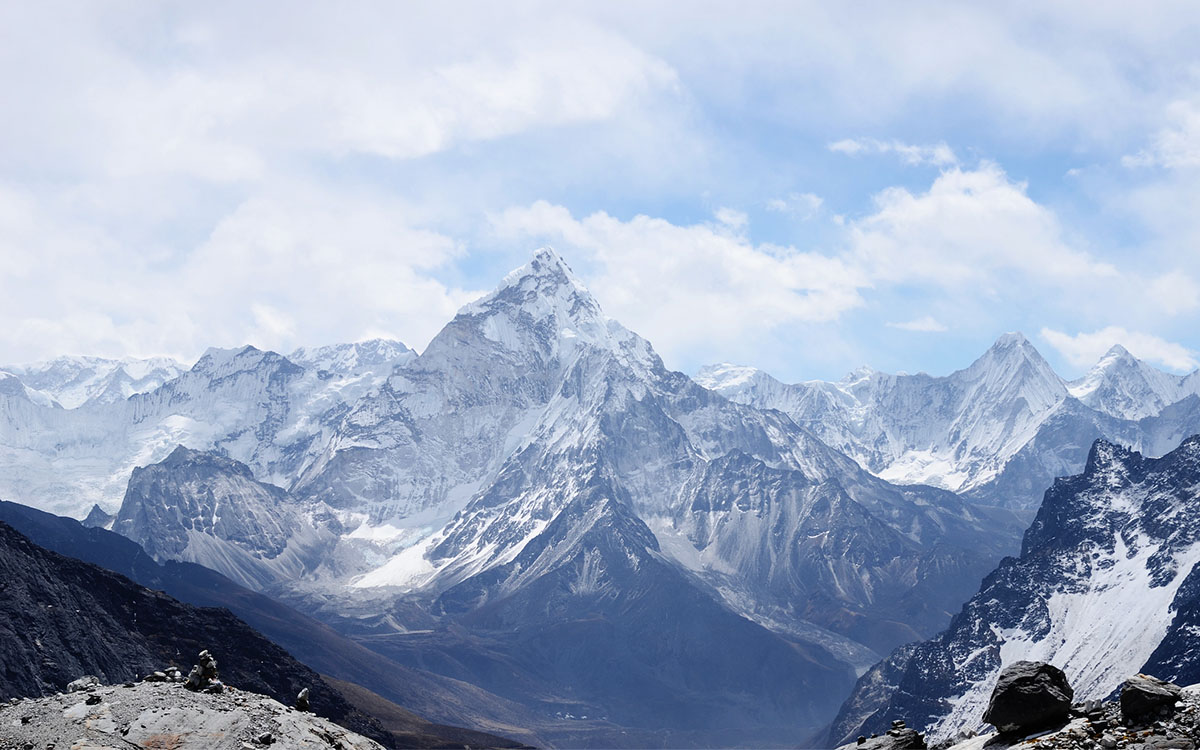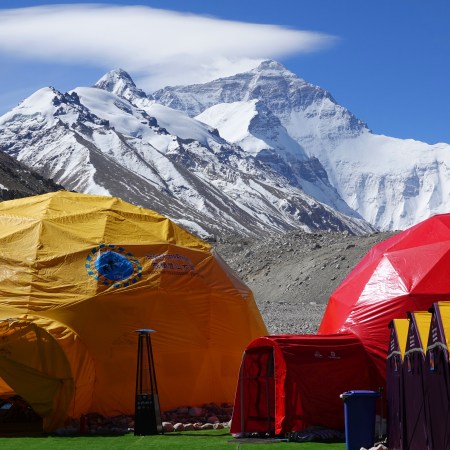If they ever decide to make a fifth Indiana Jones, the Indian Himalayas might be a good place to start.
A glacial lake in the Indian state of Uttarakhand, called Roopkund, sits in an uninhabited, usually-frozen valley. Every year, though, after the snow melts, the shallow lake (it’s only about seven feet down) reveals hundreds of human skeletons. Locals and foreign trekkers call Roopkund “Skeleton Lake,” or “Mystery Lake” and for decades, since the first discovery of the skeletons in 1942, there have been hypotheses on their origin, but rarely enough evidence to form concrete theories.
That changed a bit for the better recently, thanks to a joint study by scientists from Germany, India and the United States. The team of geneticists, anthropologists and archaeologists ran genetic analysis tests on dozens of skeletal remains. Testing even that many was a struggle — due to the high elevation, ice and rockslides have messed with the bones for years, rendering it extremely difficult to make sense of the heap.
But the scientists managed to uncover some conclusions, and they’re startling. They identified 38 different people (23 males and 15 females) and discovered two different groupings. The majority of the remains (23 people) belonged to people with South Asian-related ancestry, and were deposited in the lake anywhere between the 600s and the 900s. The others, a group of 15, includes one person of East Asian-related ancestry and a puzzling 14 of Mediterranean-related ancestry. These bones were deposited somewhere between the 1600s and 1900.
The archaeologists deduced that none of the skeletons were family relatives, and some had experienced compound fractures (possibly from the perils of being almost 17,000 feet above sea level). But they’re at a loss to explain how all these people died here, or were placed here, in the same spot over the course of a millennium. The Mediterranean skeletons are confusing too; the bones carry ancient DNA in line with people from Greece or Crete. That’s a long way from northeastern India. Maybe they were on a pilgrimage, or a sightseeing holiday, or brought their against their will. For now, nobody knows.
Someone get Harrison Ford.
Editor’s Note: RealClearLife, a news and lifestyle publisher, is now a part of InsideHook. Together, we’ll be covering current events, pop culture, sports, travel, health and the world. Subscribe here for our free daily newsletter.
Thanks for reading InsideHook. Sign up for our daily newsletter and be in the know.


















